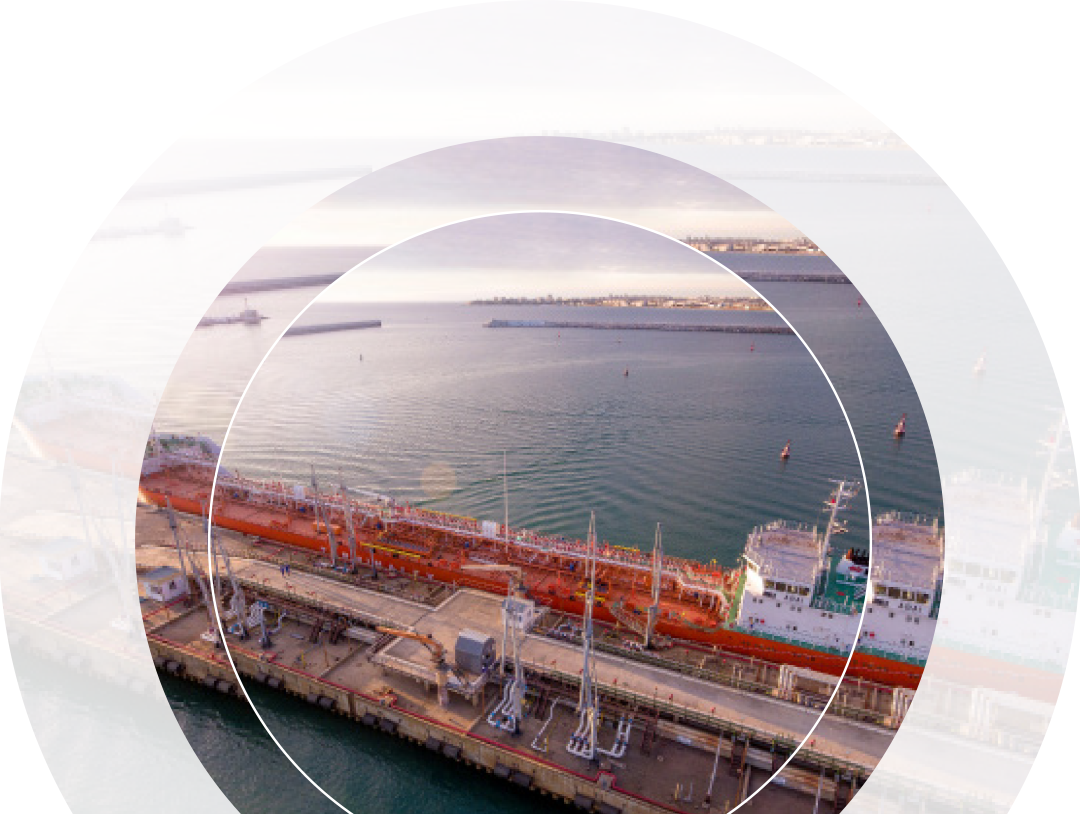Materiality Assessment
Approach to Determining Material Topics
The identification of material topics is a key stage in the preparation of the Sustainable Development Report of NC KazMunayGas JSC and is carried out in accordance with the requirements of the GRI Standards (including the sector-specific standard GRI 11: Oil and Gas Sector 2021). This process enables the Company to identify and disclose topics that have the greatest impact on its activities, stakeholders, and sustainable development as a whole.
Stages of the Materiality Assessment Process
1. Topic Identification
The first stage involves analyzing internal and external factors affecting KMG, including:
- Regulatory requirements and international standards;
- The Company’s development strategy;
- Stakeholder expectations and demands;
- Industry trends and best practices;
- ESG risk and opportunity analysis.
2. Assessment of Topic Significance
Identified topics are assessed from two perspectives:
- Impact on the economy, environment, and society – the scale and nature of KMG’s impact on sustainable development is considered;
- Relevance to stakeholders – priority issues for shareholders, partners, employees, local communities, and other stakeholder groups are analyzed.
This assessment is conducted through stakeholder surveys.
3. Topic Prioritization
Based on the evaluation, a materiality matrix is developed, ranking topics according to their level of importance. The most material topics are included in the report and serve as a basis for further strategic actions by the Company.
4. Verification and Approval
The results of the analysis are discussed with KMG’s management to ensure the completeness and accuracy of topic selection. Members of the HSE and Sustainable Development Committee are informed about the material topics to be disclosed in the Sustainability Report.
Regular Review
The materiality assessment process is dynamic and subject to regular review. This allows KMG to reflect changes in the external environment, Company strategy, and stakeholder expectations. It ensures the relevance of information and reinforces transparent engagement with society.
Thus, KMG’s approach to materiality assessment aligns with leading international practices and enhances the quality of reporting, strengthening stakeholder trust and contributing to the Company’s long-term sustainability.
Material Topics
The 2024 Sustainability Report includes 12 material topics, consistent with those disclosed in the previous report.
| № | Material Topics |  |
 |
 |
 |
 |
 |
 |
 |
 |
|---|---|---|---|---|---|---|---|---|---|---|
| 1 | 11.1. Greenhouse Gas Emissions |
|
||||||||
| 2 | 11.2. Climate Adaptation, Resilience, Sustainability and the Transition Periodansition |
|
|
|
|
|
||||
| 3 | 11.3. Atmospheric Emissions |
|
|
|
|
|||||
| 4 | 11.5. Waste |
|
|
|
||||||
| 5 | 11.6. Water and Wastewater |
|
|
|||||||
| 6 | 11.7. Closure and Rehabilitation |
|
|
|
|
|||||
| 7 | 11.8. Asset Integrity and Critical Incident Management |
|
||||||||
| 8 | 11.9. Occupational Health and Safety |
|
|
|||||||
| 9 | 11.10. Employment Practice |
|
|
|||||||
| 10 | 11.11. Non-discrimination and Equal Opportunities |
|
|
|||||||
| 11 | 11.14. Economic Impacts |
|
|
|
||||||
| 12 | 11.20. Anti-corruption |
|

